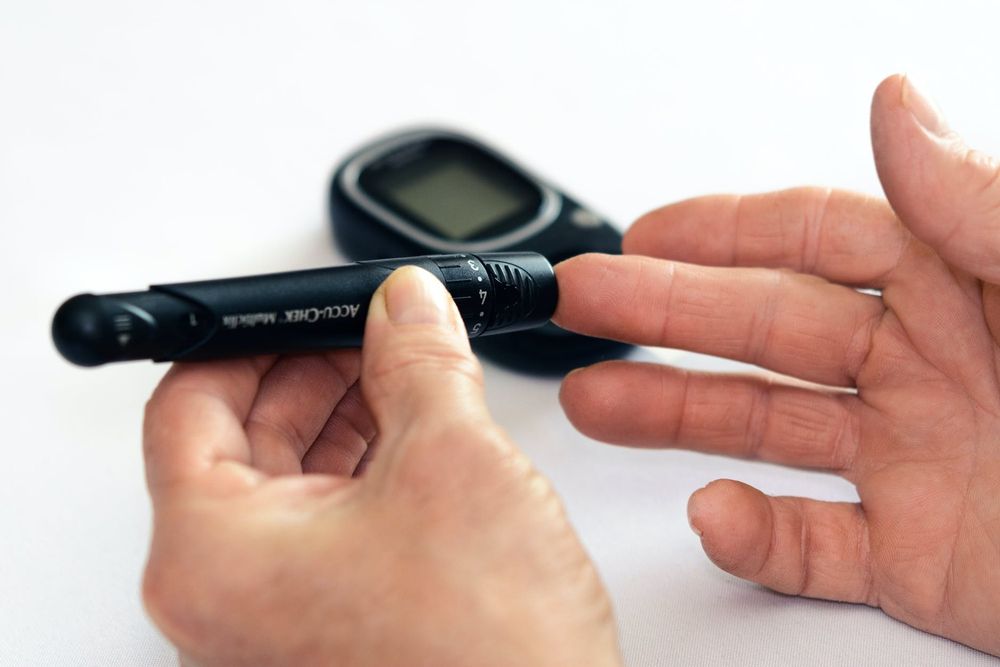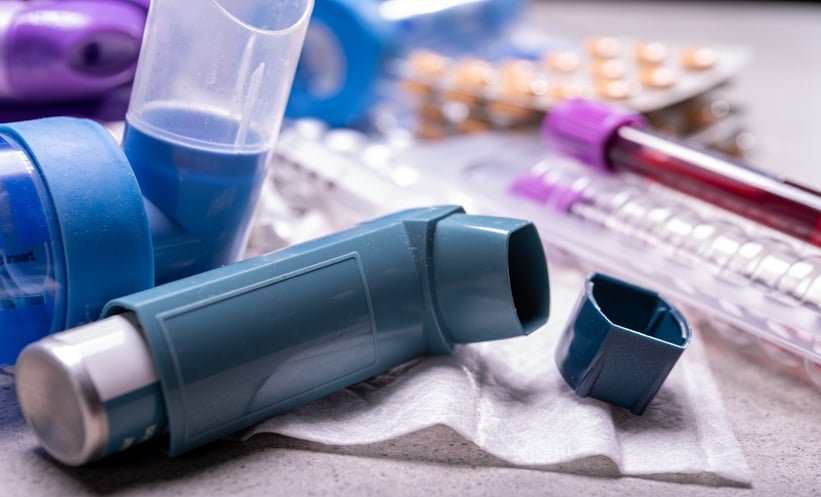Blood Sugar Level Chart for Adults 50 and Up
:max_bytes(150000):strip_icc()/GettyImages-936497026-478c7e2ac357415fb4649878bd40d177.jpg)
| Ranges for Blood Sugar Values When Fasting or After Eating | ||
|---|---|---|
| Category | Fasting Values (after 8 hours of not eating) |
Post-Prandial Values (2 hours after eating) |
| Normal | 70-90 mg/dL | Less than 140 mg/dL |
| Prediabetes | 100-125 mg/dL | 140-180 mg/dL |
| Diabetes | Over 125 mg/dL | Over 200 mg/dL |
Hypoglycemia is common in older adults with diabetes. This may be due to other health concerns, such as chronic illness, malnutrition, or multiple medications. The risk of diabetes complications increases with age.
Hypoglycemia can also result from taking too much diabetes medication. Overtreatment is common in older adults.
Nutritional Therapies
Diet is important for managing diabetes. Maintaining a healthy diet can be a challenge for some older people. That’s because common gastrointestinal (digestive) issues can put you at risk for poor nutrition.
These issues can include:
- Swallowing disorders (dysphagia)
- Anorexia
- Indigestion and bowel issues
- Feeling full after eating very little
Keeping a food log can help you and your care team see what nutritional problems you may have.
Medical Nutritional Therapy
Older adults may need to add medical nutrition therapy to their diabetes treatment plan. That’s when a registered dietitian creates a nutrition plan tailored to your needs.
Some strategies may include:
- Adding supplements, protein, or liquid calorie boosters to maintain weight
- Loosening food restrictions
- Assistance with food prep, eating, grocery shopping, or watching your nutrition
Medication Options
The medication you take to help control blood sugars may interact negatively with other drugs or supplements you take.
Healthcare providers have to balance effectiveness with the risk of hypoglycemia and drug interactions. They have a lot of medications to choose from.
DPP4 Inhibitors
DPP4 inhibitors lower your risk of hypoglycemia. Heart failure is a possible side effect of some drugs in this class. You’ll need a lower dose if you have poor kidney function.
Medications in this class include:
- Sitagliptin
- Saxagliptin
- Linagliptin
- Alogliptin
SGLT2 Inhibitors
SGLT2 inhibitors also reduce hypoglycemia risk. Some drugs in this class may be a good option if you have heart disease, as there is some evidence of their protective cardiac effects. They do have other side effects including kidney impairment, bone loss, and low blood pressure.
Some SGLT2 inhibitors are:
- Brenzavvy (bexagliflozin)
- Farxiga (dapagliflozin)
- Invokana (canagliflozin)
- Jardiance (empagliflozin)
GLP1 Agonists
GLP1 agonists are given by injection, either daily or weekly. Examples of these drugs include:
- Byetta (exenatide)
- Ozempic; Rybelsus (semaglutide)
- Saxenda; Victoza (liraglutide)
- Trulicity (dulaglutide)
Exenatide ER preparation can be time-consuming. Possible side effects include digestive issues, like nausea and vomiting. There is some evidence that GLP1 antagonists raise the risk of pancreatitis. These effects can contribute to concerning weight loss in older people.
Dual-Acting GLP-1 and GIP Receptor Agonists
In May 2022, the Food and Drug Administration (FDA) approved the once-weekly injection, Mounjaro (tirzepatide). Mounjaro is the only dual-acting GIP (glucose-dependent insulinotropic polypeptide) and GLP-1 (glucagon-like peptide-1) receptor agonist approved to improve glycemic control in adults with type 2 diabetes in addition to diet and exercise.
Mounjaro may cause thyroid cancer. Do not use Mounjaro if you or any of your family members have ever had a type of thyroid cancer called medullary thyroid carcinoma (MTC) or if you have an endocrine system condition called multiple endocrine neoplasia syndrome type 2 (MEN 2).
Summary
Hypoglycemia becomes more likely as you age. It’s common for people to be diagnosed with type 2 diabetes in their late 40s and continuing into their 50s and 60s. The fastest-growing group of people with a diabetes diagnosis is age 65 and over.
The way in which diabetes is managed and treated also changes with age, the development of other health conditions, and medications you take. Blood sugar targets also change, though the need for careful monitoring remains.
Diabetes is managed through diet and medications. Your healthcare provider can recommend, diet, medication, and other changes to help you, including medical nutrition therapy. They also may evaluate your need for support if cognitive decline is a part of your overall health history.
link

:max_bytes(150000):strip_icc()/Professional_Shot_Cropped-6ed26b19a52f4259921a318b1b657401.jpeg)






